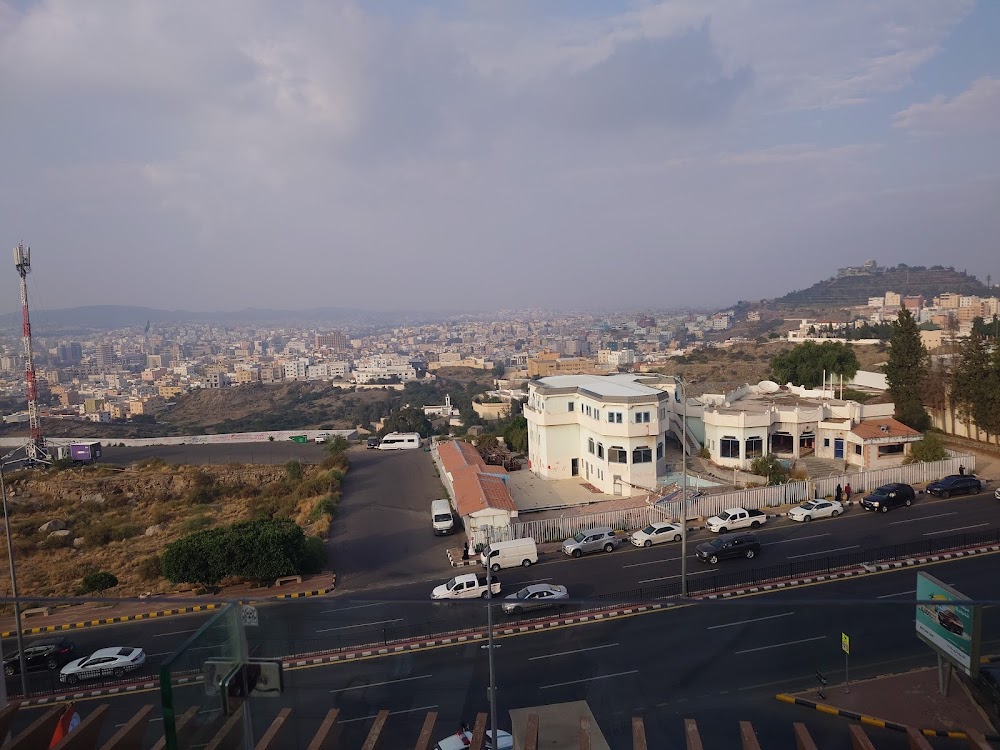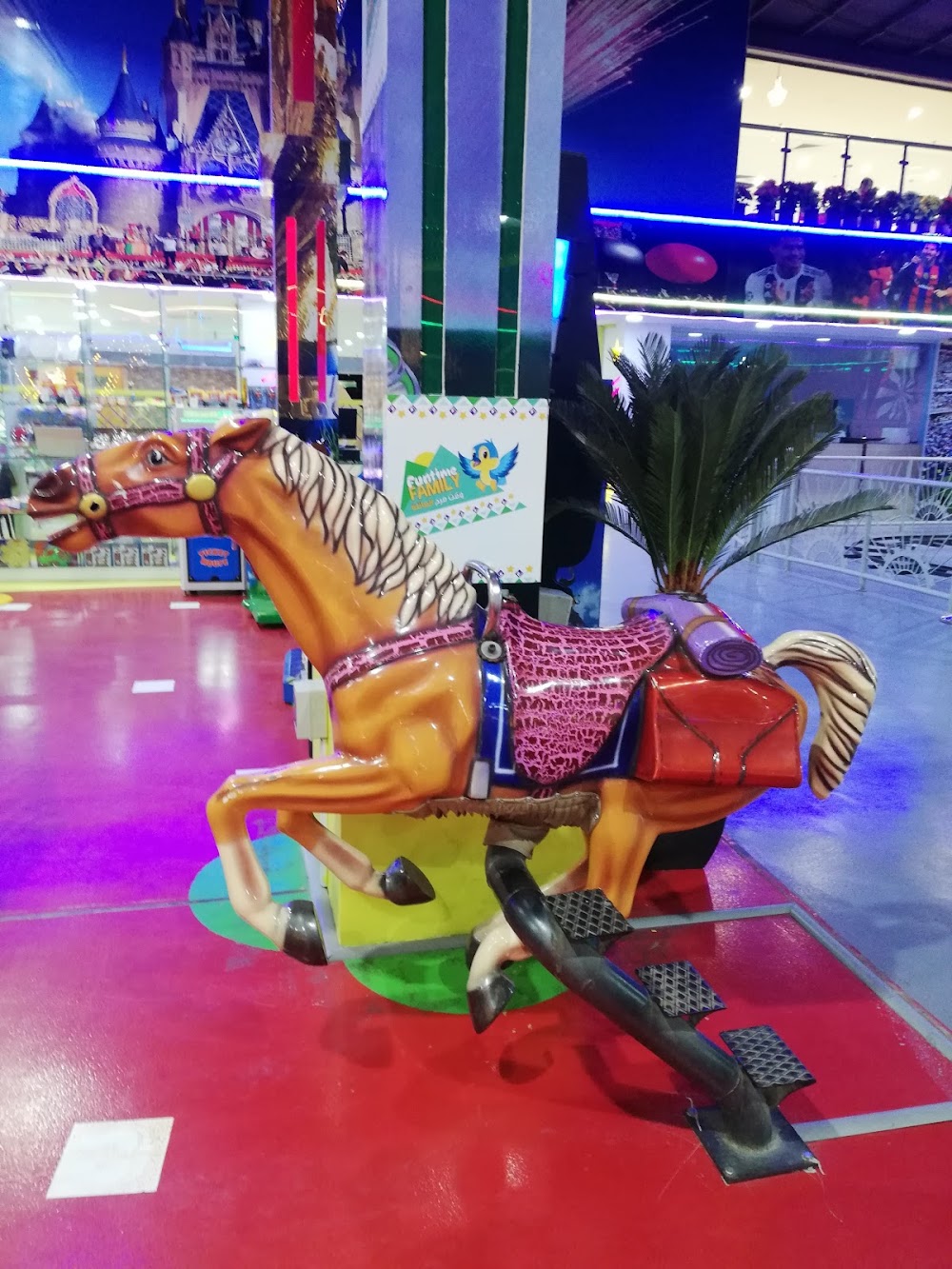Habala Village (قرية حبالة)
Overview
Discover Al Habala: The Hanging Village of Asir
Nestled in the breathtaking region of Asir, Saudi Arabia, Al Habala—often referred to as the Hanging Village—offers a captivating glimpse into traditional architecture and cultural heritage. Perched precariously on the edge of a towering cliff, this unique village entices adventurous souls eager to explore its rich history and stunning landscapes.
The Origins and Historical Significance
Al Habala's origins trace back to the era of the Ottoman Empire when it was established by the Qahtan tribe, one of the oldest tribes on the Arabian Peninsula. Its strategic cliffside location, soaring approximately 300 meters high, provided both security from invaders and a refuge from the harsh desert climate below. This ingenious choice of site allowed the villagers to create a self-sustained community that thrived for centuries.
Ingenious Construction Techniques
Building a village in such a remote and steep location required remarkable ingenuity and determination. The residents utilized simple yet effective tools crafted from local materials. Stones were meticulously sourced from nearby areas and transported to the construction site, while wood from regional trees provided essential support structures. To navigate their lofty home, the villagers relied on a system of ropes and pulleys—hence the name "Habala," which means "rope" in Arabic.
Architectural Harmony with Nature
The houses of Al Habala were designed to harmonize with the rugged landscape, blending seamlessly into the surrounding cliffs. Constructed with thick stone walls, these homes offered insulation against the extreme weather conditions. Inside, however, the atmosphere was warm and inviting, adorned with traditional décor and vibrant weavings that reflected the village's rich cultural heritage.
A Self-Sustained Community
For centuries, life in Al Habala flourished in peaceful isolation. The villagers engaged in agriculture and animal husbandry, utilizing terraces carved into the mountainside for crop cultivation and livestock rearing. This elevated position allowed the community to preserve their customs and way of life, nurturing a strong sense of identity and continuity.
Modern Influences and Preservation Efforts
The mid-20th century marked a turning point for Al Habala, as modern development began to encroach upon the region. In the 1980s, the Saudi government encouraged residents to relocate to more accessible areas, leading to the abandonment of the village. Despite this, Al Habala's striking beauty and historical significance did not go unnoticed. In recent years, restoration efforts have been initiated, including the installation of a cable car that allows visitors to access the village without compromising its integrity.
A Testament to Resilience
Today, the restored Al Habala stands as a testament to the resilience and ingenuity of its former inhabitants. Visitors are invited to stroll through narrow pathways, explore the old stone houses, and immerse themselves in the echoes of ancestral whispers amidst breathtaking vistas of the Asir mountains. Guided tours provide insights into the village's rich history and the lifestyle of its residents, making Al Habala a cherished part of Saudi Arabia's cultural heritage. Whether you're a history enthusiast or simply seeking adventure, Al Habala promises an unforgettable experience.







